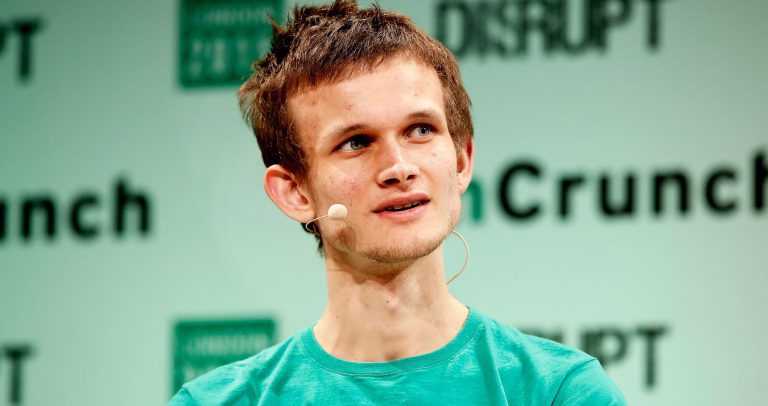Ethereum’s launch in 2015 heralded a new age in blockchain technologies. Often touted as Bitcoin’s strongest rival, its open source, Turing-complete virtual machine and programming language enable developers to build decentralized applications (dApps) and launch cryptocurrency projects. As stated as part of its goals, Ethereum creates a platform for the development of dApps which would lead to a “more globally accessible, freer, and more trustworthy Internet”.
However, Ethereum inherits the problem of first-generation blockchain, namely the difficulty to scale due to the requirement for every node in the network to process every transaction. This limits the transaction processing capacity of the entire system to a single node. Practically, Ethereum can process 15 tps (transactions per second), with a theoretical maximum of 30 tps. By contrast, NEO, a next-generation smart contract platform often touted the “Ethereum of China”, can process 1,000 tps with a theoretical maximum of 10,000 tps.

Key developers and researcher in the Ethereum community, including founder Vitalik Buterin, acknowledged that scalability is the single most important challenge that must be tackled before the Ethereum blockchain can reach mass adoption.
In general, there are two strategies to improve blockchain scalability. The first one, called “sharding”, only requires a small number of nodes to see and process every transaction. This allows more transactions to be processed concurrently, while maintaining most of the decentralization and security properties of the blockchain.
The second, more ambitious approach is creating “layer 2” protocols, inspired by Bitcoin’s Lightning Network. By creating a top layer to the blockchain, most transactions can be sent off-chain, lifting the burden from the underlying blockchain. Interaction with the underlying blockchain is only needed when both parties want to end the interaction, or in case of attacks to the system.
The Ethereum community sees the two approaches as complementary and has adopted a two-pronged approach. In early January 2018, the Ethereum Foundation announced subsidy programs that will support research on both sharding and layer 2 protocols. The programs are open to independent developers, companies and academic groups. The subsidies will range from $50,000 to $1 million and will support development costs. Importantly, developers will also can implement their solutions on Ethereum’s mainnet.
Breakthroughs were also made on Ethereum’s quadratic sharding roadmap, which consists of four phases. In late January 2018, Vitalik Buterin said in a developer meeting that “part one of phase one is getting something like being already done.” The next phase will be completed in “a month and a bit.” From then on, they will try to shard it into a working test, akin to a test network.
As the Ethereum blockchain reaches 1 million transactions per day, progress on scaling will become critical to Ethereum’s future.

